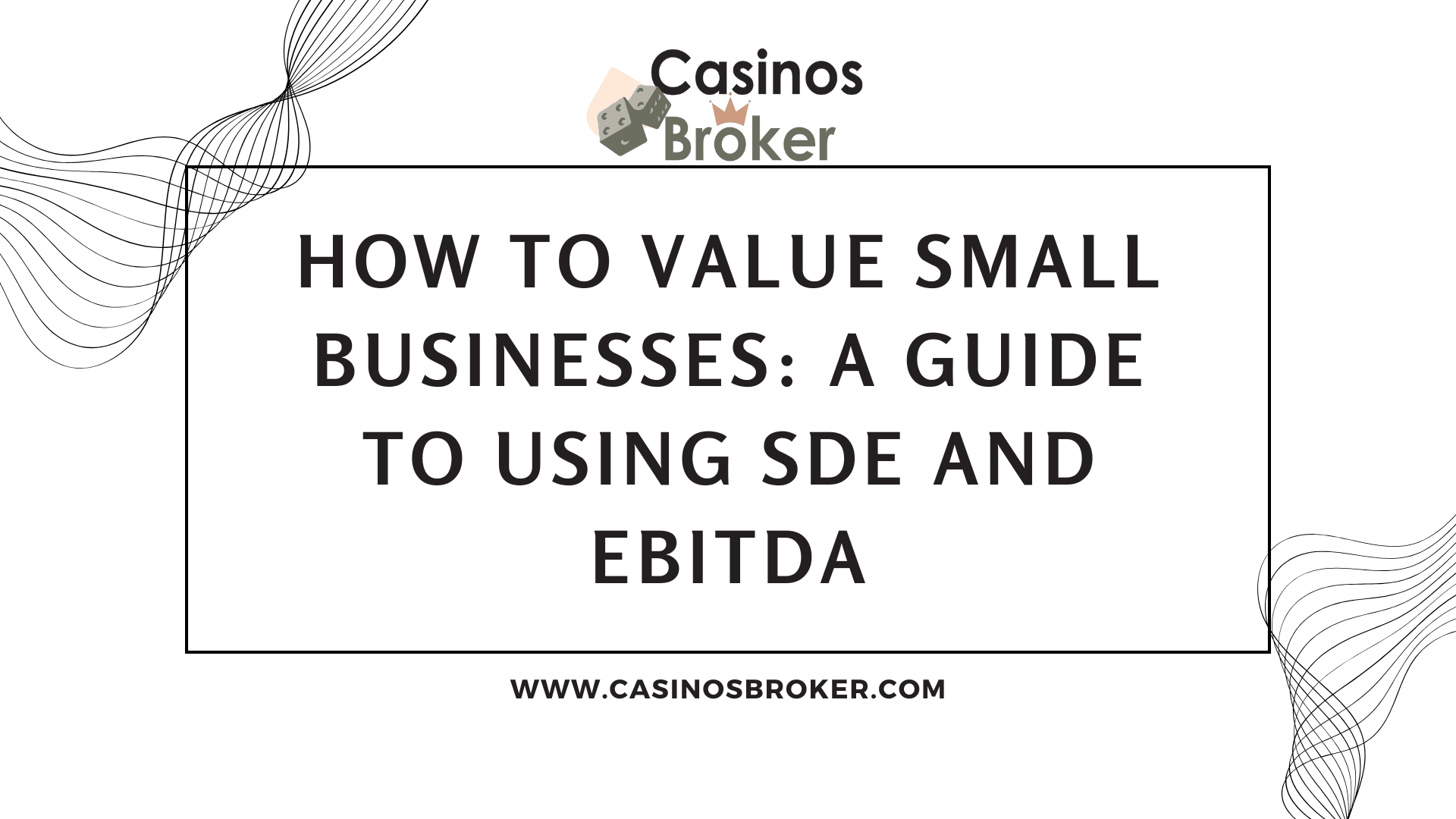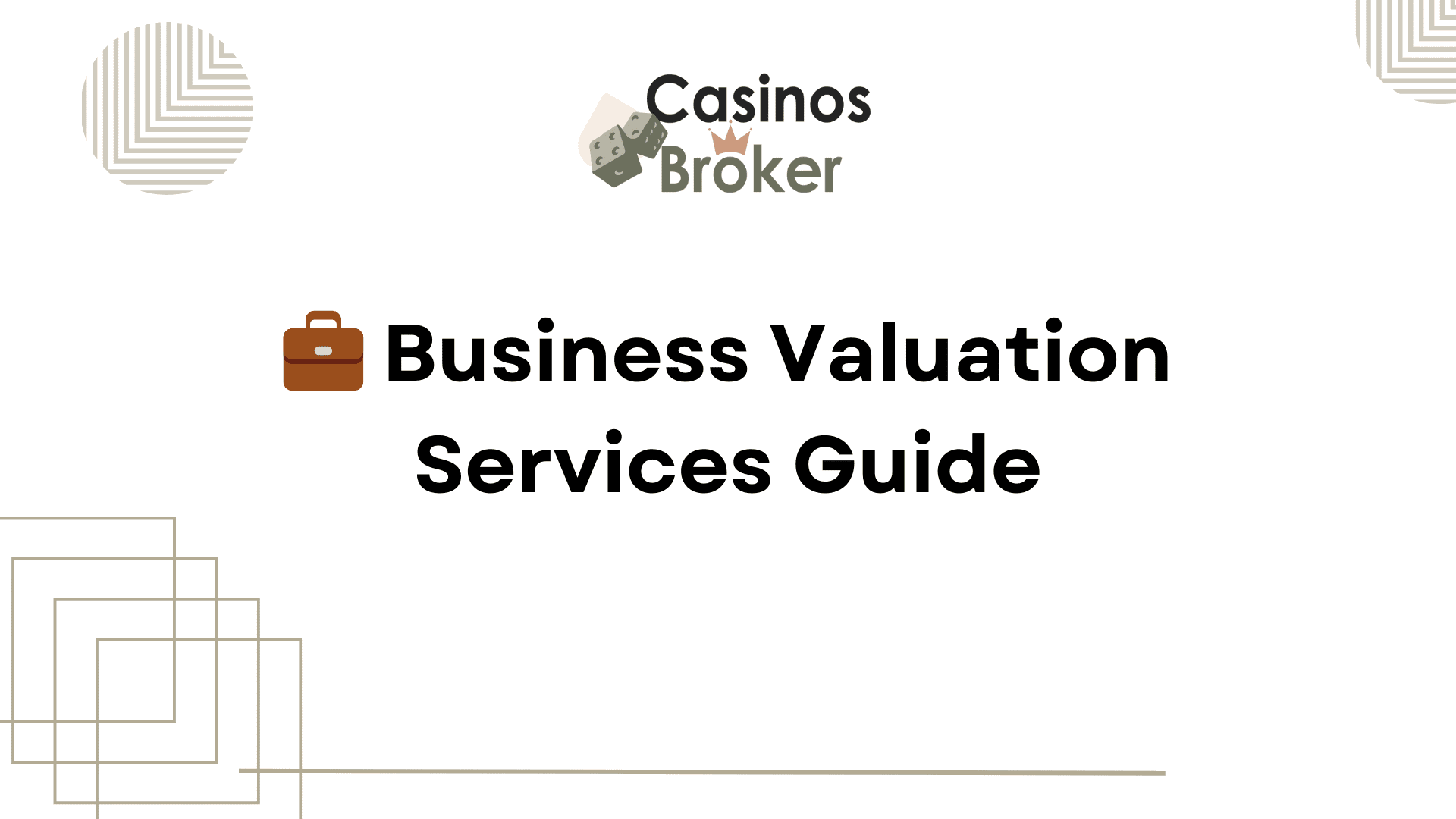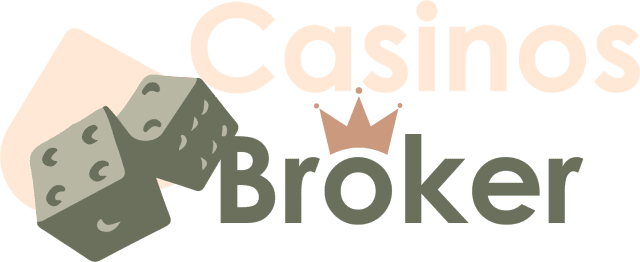Why iGaming Valuations Are a Balancing Act
When operators, platform providers, or content studios change hands, shareholders naturally gravitate toward EBITDA multiples and discounted-cash-flow templates. Yet in regulated gambling, valuation is as much about narrative – market access licences, proprietary content, and player-lifetime-value models—as it is about ledger entries. The art is marrying the hard data investors demand with the soft factors that unlock strategic premiums.
Recent transactions illustrate the point. Aristocrat’s $1.2 billion purchase of NeoGames fetched a double-digit EBITDA multiple because the target’s iLottery contracts gave Aristocrat a digital growth springboard. A fortnight ago, Light & Wonder signed to acquire Grover Gaming, signalling that US charitable-gaming content is now priced for its compliance moat rather than its current cash flows.
Pros and Cons of the Three Core M&A Valuation Approaches
| Valuation Approach | Pros | Cons |
|---|---|---|
| Market (Comparable & Precedent) | • Grounded in real transaction data, aligning seller expectations with what the market has paid. • Quickly signals current sentiment and multiples in a given vertical. • Useful negotiation anchor when credible comps exist. |
• Reliable only when truly comparable deals are available—scarce in niche or emerging segments. • Prone to distortion from short-term market exuberance or downturns. • May overlook unique competitive edges (e.g., exclusive licences). |
| Income (Discounted Cash Flow) | • Captures the intrinsic value of future cash generation. • Flexible—can model regulatory shifts, synergies, and churn scenarios. • Works well for assets with predictable, contract-backed earnings. |
• Highly sensitive to assumptions on growth, tax, and discount rates. • Requires detailed, defendable forecasts that smaller private targets seldom maintain. • Complex models can obscure rather than clarify value for non-financial stakeholders. |
| Cost (Asset-Based / Replacement) | • Straightforward for asset-heavy businesses; gives a floor price based on tangible resources. • Helpful in restructuring or liquidation contexts. • Less subjective—fewer forecasting judgments needed. |
• Ignores earnings power and intangibles such as brand or licences. • Rarely relevant for digital-first operators with light physical footprints. • Can undervalue companies where growth potential dwarfs asset base. |
Three Pillars of Financial Valuation
| Valuation Method | Core Principle | Typical iGaming Use-Cases | Key Pitfalls |
|---|---|---|---|
| Market Approach (Comparable & Precedent multiples) | Benchmarks the target against listed peers and recent deals | Mature B2C sportsbooks; B2B platform vendors with disclosed transactions | Scarce public comps; licence geography skews multiples |
| Income Approach (Discounted Cash Flow) | Values the present worth of forecast free cash flow | Early-stage studios with recurring content fees; SaaS-style PAM providers | High sensitivity to churn, bonus cost, and re-regulation risks |
| Cost Approach (Adjusted Net Asset) | Reconstructs net replacement cost of tangible assets | Land-based casino assets packaged with an online pivot; hardware suppliers | Ignores licence goodwill and customer database value |
 Market Approach: Reading the Tape—Then Rewriting It
Market Approach: Reading the Tape—Then Rewriting It
Comparable-company analysis (CCA) hinges on selecting the right peers. For instance, a mid-tier Italian sportsbook with €10 million EBITDA could superficially look like Betsson or 888. Yet if it also owns a proprietary PAM stack, a stronger case might be made to compare it with Kambi or Entain’s tech arm and argue for a higher multiple.
Precedent deals matter at least as much. Flutter’s pending 56 % stake in Brazil’s NSX priced in future regulatory upside, adding a sizeable control premium to headline revenue multiples. The lesson: articulate why the acquirer’s strategic goal (market entry, tech de-risking, or TAM expansion) justifies stretching the comp set.
While the market approach using comparable company analysis (CCA) remains foundational, the scarcity of true public comparables in iGaming necessitates careful selection and adjustment of peer groups1. Current data indicates that B2B iGaming companies typically command EV/EBITDA multiples of 10.9x, while B2C operators trade at approximately 8.4x7. However, these baseline multiples can vary significantly based on strategic considerations:
-
Market Access Value: Licenses in regulated jurisdictions like New Jersey, Ontario, or Germany carry substantial premiums, often valued at 1-2x annual GGR due to their scarcity and time-consuming acquisition process.
-
Proprietary Technology: Companies with proprietary platforms or exclusive game mechanics can command 1-2 additional EBITDA multiple turns, as these assets can reduce third-party fees by up to 300 basis points of GGR.
-
Geographic Expansion Capability: Acquirers seeking entry into new markets often pay strategic premiums, as evidenced by Flutter’s acquisition of a majority stake in Betnacional to expand its Brazilian presence.
Illustrative Calculation
Target: Malta-licensed casino brand, €15 m EBITDA
Selected comps: Public peers at 12× EBITDA
Strategic precedent: Brazil NSX deal at 5× revenue ≈ 16× EBITDA
Negotiation narrative → blend 14×; valuation ≈ €210 m
Income Approach: Cash-Flow Narratives With Regulatory Overlays
DCF is indispensable when a target’s future looks different from its past—common in newly regulated states or segments such as esports betting. Key variables:
-
Gross Gaming Revenue (GGR) trajectory — modelled by jurisdiction, discounting grey-market taper
-
Tax & duty outlook — incorporating scheduled rate escalators (Germany 5.3 %, Netherlands 29 %, etc.)
-
Retention economics — LTV/CAC ratios adjusted for bonusing caps
A 10 % change in annual rollover can shift valuation by double digits; scenario analysis keeps both sides honest.
The Discounted Cash Flow (DCF) methodology requires particular attention to regulatory dynamics and player lifetime value metrics in iGaming:
-
Regulatory Risk Adjustments: Cash flows from unlicensed territories typically receive a 50-100% haircut in DCF models, reflecting regulatory uncertainty.
-
Player Lifetime Value (LTV): Advanced operators can demonstrate higher valuations by showcasing superior player retention metrics and LTV models:
-
Casual players: $100-$500 LTV
-
Intermediate players: $500-$1,500 LTV
-
High-value players: $1,500+ LTV
-
-
Customer Acquisition Cost (CAC) Efficiency: Companies with lower CAC relative to LTV can justify higher multiples, as this efficiency translates directly to sustainable profitability.
-
Retention Economics: Cohort analyses demonstrating 6-month retention at the 70th percentile can command up to one extra EBITDA turn in valuations.
Cost Approach: Still Relevant in Hybrid Models
Pure-play online operators seldom rely on asset-based valuation, but hybrids do. A US tribal operator acquiring a mobile skin will want to separate the value of physical properties—hotel rooms, data-centre racks, cash cages—from digital goodwill.
The “Art”: Converting Intangibles Into Numbers
1. Regulated Market Access (Goodwill in Disguise)
Licences in New Jersey, Ontario, or a tier-1 German permit are finite and time-consuming to secure; buyers routinely pay 1–2× annual GGR just for that door-key.
2. Proprietary Content & IP
An exclusive crash-game mechanic or a high-RTP live-dealer variant can cut third-party fees by 300 bps of GGR. We typically capitalise those savings over five years to support a higher DCF terminal value.
3. Player Database Quality
Advanced CRM yields longer dwell times. We run cohort analyses—6-month retention at the 70th percentile commands up to one extra EBITDA turn.
4. Control Premium
Where buyers seek 100 % ownership to harmonise tech stacks (e.g., the Apollo/IGT fintech carve-out), expect 20–30 % premiums over minority valuations.
5. Cultural & ESG Fit
Post-COVID, acquirers scrutinise safer-gambling protocols; strong KPIs (e.g., <0.5 % self-exclusion) add intangible value and smooth regulatory approvals.
6. Barriers to Entry
Whether exclusive sports-league data or patented RNG algorithms, high replication costs deter entrants—boosting valuation multiples.
7. Synergies
Cross-selling casino to sportsbook databases (or vice-versa) often underpins the buyer’s willingness to stretch. Our integration models quantify marketing-cost deflation and expanded hold percentages.
8. Management Quality
Retention agreements for key founders frequently become make-or-break clauses, influencing earn-out structuring more than headline price.
9. Market Position & Growth Runway
Operators with double-digit market share in fast-growing states (e.g., North Carolina 2024 launch) justify aggressiveness in projections—and valuation.
10. Patents: Handle With Care
Patents on bonusing algorithms may look valuable, but rapid product cycles shorten economic life. We stress-test each patent for obsolescence, sometimes haircutting assumed cash flows by 40 %.
 Beyond financial metrics, several qualitative factors significantly influence valuation in iGaming transactions:
Beyond financial metrics, several qualitative factors significantly influence valuation in iGaming transactions:
1. Technological Differentiation and IP
Proprietary technology stacks and intellectual property represent significant value drivers in iGaming M&A. Companies with exclusive game mechanics, patented RNG algorithms, or proprietary player management systems can command substantial premiums. For instance, DraftKings’ acquisition of SBTech provided not just a sportsbook engine but a platform designed for multi-jurisdictional compliance—a critical asset for operating across fragmented U.S. state markets.
The build-versus-buy decision for technology platforms represents a critical strategic consideration, with proprietary platforms offering greater control and differentiation potential despite higher initial investment. This technological independence enables operators to deliver personalized, localized experiences while ensuring compliance across multiple jurisdictions.
2. Regulatory Compliance and Market Access
Regulatory considerations remain paramount in iGaming M&A, with licensing requirements and compliance capabilities significantly impacting valuation:
-
License Portfolio Value: Market access licenses in newly regulated jurisdictions can command premiums of 1-2x annual GGR, with tier-1 licenses in jurisdictions like New Jersey or Ontario particularly valuable.
-
Compliance Technology: Acquisitions increasingly target companies with robust compliance infrastructure, particularly those with multi-jurisdictional capabilities.
-
Regulatory Transfer Risks: The complexity of transferring gaming licenses across jurisdictions can impact deal structure and timing, with some transactions requiring pre-approval from multiple regulators.
3. Deal Structuring and Earn-Outs
The prevalence of earn-out structures in iGaming M&A reflects both valuation uncertainty and the importance of retaining key talent:
-
Performance-Based Components: Over 60% of sub-$500 million gaming deals include earn-outs tied to revenue, EBITDA, or license milestones, helping bridge valuation gaps between buyers and sellers.
-
Management Retention: Retention agreements for key founders frequently become make-or-break clauses, influencing earn-out structuring more than headline price.
-
Tiered Structures: Multi-level earn-outs, such as EA’s acquisition of PopCap Games with potential payments ranging from $0 to $550 million based on performance thresholds, allow buyers and sellers to share both risk and upside.
Private vs Public: Bridging the Transparency Gap
Listed companies file under IFRS or US GAAP, allowing instant peer analysis. By contrast, private balance sheets often blend personal expenses or legacy share-schemes. Normalisation adjustments—stripping one-off sponsorship spend or owner’s salaries—can add 150–300 bps to true EBITDA margins.
Lack of liquidity also imposes a marketability discount. Empirically, we apply 10–15 % to our equity value before negotiation kicks off.
Scenario & Sensitivity Toolkits
High-growth iGaming valuations hinge on assumptions about continuing US legalisation and macro factors (e.g., Italy’s AGCOM advertising clamp-down). Scenario matrices—best, base, downside—paired with tornado diagrams on GGR growth, bonus cost, and regulator penalties, expose break-points. Lenders and equity committees increasingly demand these outputs before credit approval.
The Valuation Playbook We Follow
When we onboard a sell-side mandate:
-
Eight-point diagnostic memo—management supplies victories and pain points.
-
Quantification sprint—we map each qualitative strength to a model input: churn, margin, CAC.
-
Comparable curation—if no obvious peer exists, we widen the aperture: NeoGames served as a comp for several smaller iLottery platforms even before its sale price hit the wires.
-
Narrative synthesis—financial model + story arc travel as one deck; diligence Q&A then tightens the bridge between them.
Done correctly, this method translates “premium customer loyalty” into a defensible one-turn uplift on EBITDA or a 100-bps discount-rate reduction.
Current Market Trends and Outlook
The iGaming M&A landscape continues to evolve rapidly, with several key trends emerging in 2024-2025:
-
Mobile-Focused Acquisitions: The first quarter of 2025 saw $6.6 billion in gaming M&A activity, with mobile studios attracting particular interest from acquirers.
-
Private Equity Participation: Private equity funds have increased their presence in the gaming space, participating in several notable deals and demonstrating strategic interest in gaming assets.
-
Valuation Compression in Certain Segments: Mobile game companies have experienced valuation pressure, with median EV/Sales multiples around 1.0-1.1x and EV/EBITDA multiples of 5.2-6.5x, creating potential acquisition opportunities.
-
Strategic Portfolio Reshaping: Recent M&A activity reflects operators and suppliers strategically repositioning their portfolios, with companies divesting non-core assets while acquiring complementary capabilities.
-
Technological Innovation Focus: Acquisitions increasingly target companies with advanced technological capabilities in areas such as artificial intelligence, blockchain integration, and virtual/augmented reality
Frequently Asked Questions
Q1 : Which valuation technique carries the most weight for an iGaming operator?
A blended approach prevails: market multiples set the range, DCF tests plausibility, and licence-based goodwill dictates where in the range a deal clears.
Q2 : How do regulatory grey areas affect valuation?
Revenue from unlicensed territories is usually haircut 50–100 % in DCFs, and some buyers insist on full carve-outs before closing.
Q3 : Do proprietary games materially move the needle?
Yes. A top-performing exclusive title can raise casino hold by 150–200 bps; capitalising that over five years adds meaningful value.
Q4 : How large is a typical control premium in gaming?
Historically 20–30 % over a minority stake, though can be higher where immediate tech stack harmonisation translates into cost synergies.
Q5 : What discount should be applied for lack of marketability in a private sale?
In iGaming we see 10–15 % on equity value, reflecting both liquidity and regulatory transfer risks.
Q6 : Are earn-outs common?
Extremely—over 60 % of sub-$500 m gaming deals include earn-outs tied to revenue, EBITDA, or licence milestones, helping bridge valuation gaps.
Closing Thought
Valuation in the iGaming sector is part arithmetic, part storytelling. Master the former, and you’ll get a fair price; master both, and you’ll command a premium. Our advisory desk is built to extract that premium through disciplined modelling and a narrative investors believe.
Successful iGaming valuations require a sophisticated approach that balances traditional financial metrics with industry-specific value drivers1. As the sector continues to mature and consolidate, acquirers must carefully evaluate not just current financial performance but strategic positioning, technological capabilities, and regulatory advantages.
For sellers seeking to maximize value, demonstrating strong player retention metrics, proprietary technology advantages, and clear regulatory compliance capabilities can significantly enhance valuation multiples. Meanwhile, buyers must conduct thorough due diligence on regulatory transferability, technology integration potential, and player database quality to ensure successful post-acquisition outcomes.
In this dynamic environment, the most successful transactions will be those that effectively bridge the gap between seller knowledge of market potential and buyer expectations of performance, creating deal structures that align incentives while fairly allocating risk and reward


 Market Approach: Reading the Tape—Then Rewriting It
Market Approach: Reading the Tape—Then Rewriting It


